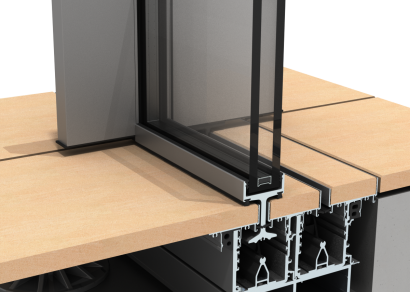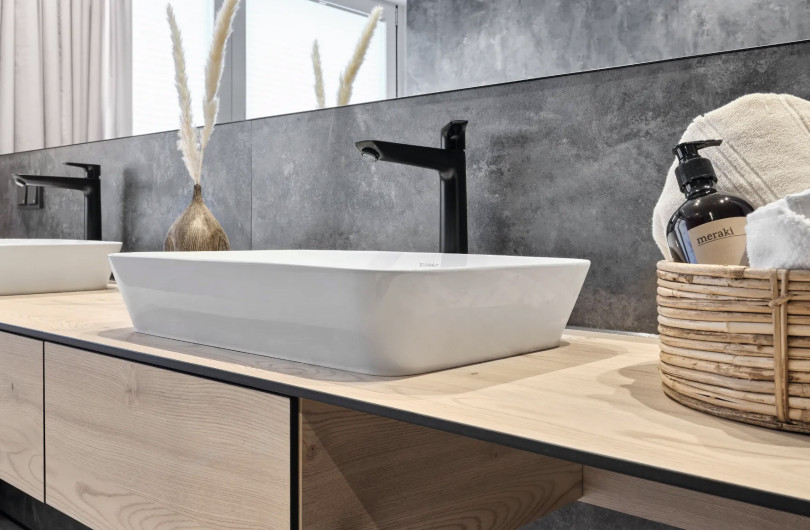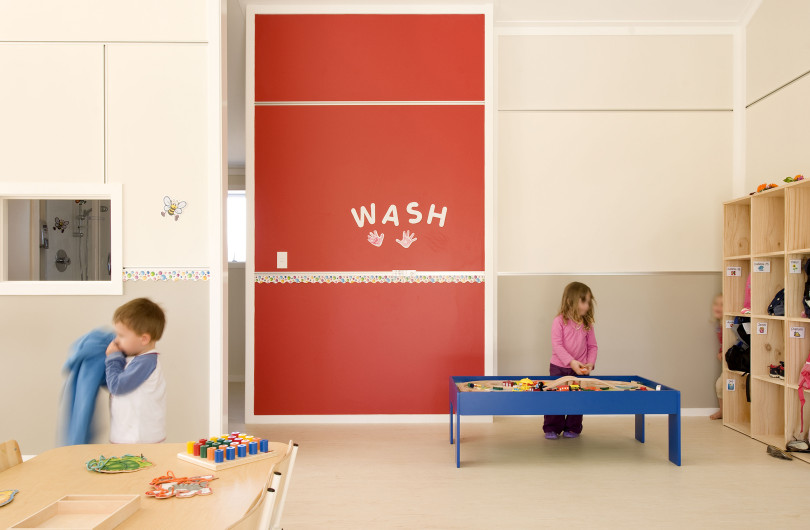Written by Jon Davies
Technical Sales Support and Education Manager, Pro Clima New Zealand
In my previous article ‘Adding Insulation and Wall Underlay to Existing Walls’ I referred only to timber-framed walls, but many renovations also include block walls; so what should be done in this case to improve thermal comfort? Paula Hugens, a Structural Engineer and Director of eZED Ltd wrote without mercy on this issue in 2015 in her series ’10 Worst Details’ so I think it is worth repeating the message with permission and thanks, in this run of renovation guidelines:
"Concrete block masonry and precast concrete walls are always popular. In domestic situations, they are often used for basement areas on sloping sites and can be part of a retaining wall structure or used as un-insulated garage areas.
We often see these basements being refitted as extra bedrooms or guest suites in later life. Problems can arise in both the new build and retrofit situations that are worth thinking about.
The first rule is that you MUST insulate concrete walls on the outside face
A basic principle of building physics is to have your insulation on the outside of the airtightness envelope. The airtight envelope doesn’t need to be a vapour barrier or lining, it will be the concrete wall layer in these examples.
If you break this rule you will have created the perfect environment for condensation to occur and mould to thrive which I’ll explain a little later.
Many concrete basements have sub-optimal environments:
- Old retaining wall basements often have poor tanking or sometimes none at all. They are leaky and have a distinct damp smell. Whilst the area remains outside the thermal envelope, this can be tolerated, as moisture leakage can evaporate with adequate sub-floor ventilation. These areas are still not really acceptable as there can be long-term problems with corrosion to the wall reinforcement steel. If you try to tank this on the inside, you are really just covering over the problem and potentially making it worse. Leaky basements should not be considered viable for retrofit situations unless you are prepared to invest a lot of money, and even then it will always be risky.
- Concrete basements often lack openings so they are typically dark and cold. This can be hard to remedy as there are often three sides that are acting as retaining walls and there can be limited ability to form openings orientated for solar gains.
- The lack of openings on all sides also means that there is a lack of cross-flow ventilation. It is hard to create a healthy environment through natural ventilation in these cases.
So you can see that retrofitting a basement is a really big problem. Not only do you typically have poor conditions but if you strap, insulate and line the walls you will be making the problems much much worse.
We have explained the fundamentals of how elevated moisture vapour occurs a number of times before. When an internal surface temperature falls below 12.6°C under normal indoor relative humidity and temperature conditions the airspace near the cold surface will develop an elevated moisture level. This may be absorbed into the material and allow surface mould to form. Surface condensation starts to become visible when the temperature drops below 9.6°C.
Concrete tends to absorb some moisture and can be resistant to mould growth due to the alkalinity of the material. However, over time nature conquers the conditions and mould will eventually take hold. This is why we extend the modelling time period for concrete elements when we undertake hygrothermal analysis. Once mould spores are present, it is incredibly difficult to remove it from concrete as they penetrate deeply.
So whilst a basement remains an unused subfloor or garage area and there is environmental equilibrium, there is not big a problem for mould. However, as soon as the area is used as an internal conditioned space, things start to deteriorate as we raise the room air temperature and introduce moisture sources (people).
We have analysed many scenarios with strapped, insulated and lined concrete walls. These all fail miserably as you just can’t fight physics. Regardless of whether you use polystyrene sheets or fibreglass batts, it will make no difference. The physical drivers are so strong that even trying to introduce a vapour barrier (eg. polyethylene) to the inside face will not help. When retrofitting you need to be a lot more innovative and consider using specialist AAC insulation panels. Have this verified through hygrothermal analysis as not all products will have the right mix of density and thermal conductivity. For a new build consider using insulated core concrete panels or just simply insulate on the outside using a high-quality EIFS (ETICS) system.
Essentially remember that a concrete wall presents a very cold surface right against the insulation lining. As energy and moisture move from warm to cold it will be driven through the insulation layer to the cold wall surface where it will chill down, raising relative humidity and potentially condense when cold enough. Basement retaining walls will always be cold, probably less than 12°C, making condensation and mould inevitable if they are retrofitted with battens, insulation and lining.
Exterior walls that are orientated towards the sun will have a lower risk of mould but just remember that the sun doesn’t shine at night, and all it takes is ten days of cold overcast weather to have the process of mould growth start. You won’t know it is happening for a few years, by then it will be too late to do anything about it.
Strap and line construction for concrete walls is one of the most risky construction techniques we see, it should not be accepted in New Zealand."
Copyright eZED Ltd 2015, Paula Hugens (used with permission).
Written by Jon Davies
Technical Sales Support and Education Manager, Pro Clima New Zealand
If you’d like to know more about avoiding moisture accumulation, view a list of hygrothermal analysts here. Or you can talk to us at (0800 pro clima) or visit us at one of our displays spaces in Auckland or Wellington.




























 Most Popular
Most Popular Popular Products
Popular Products



